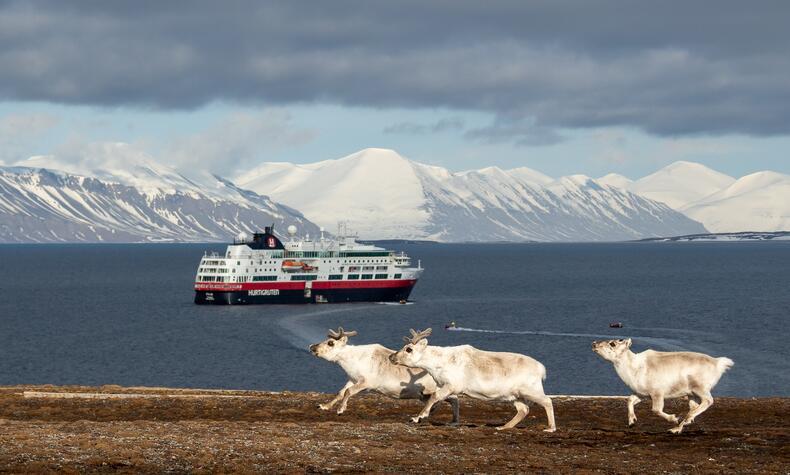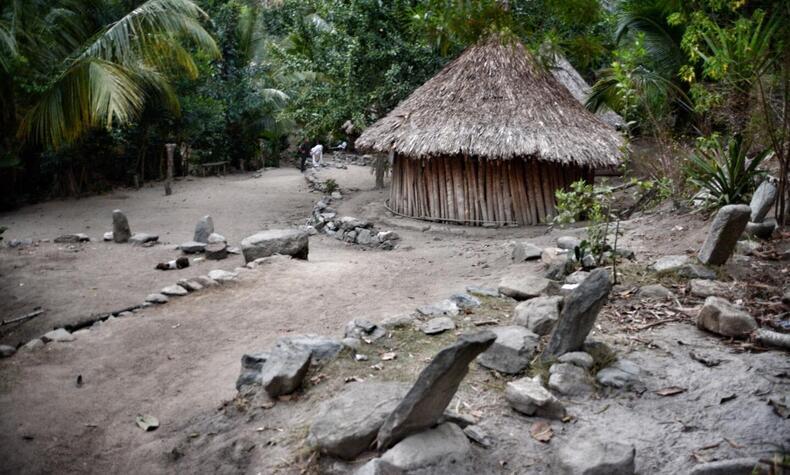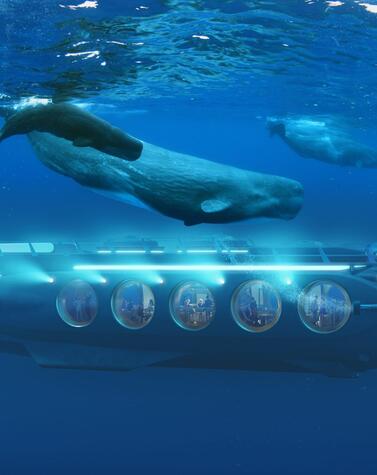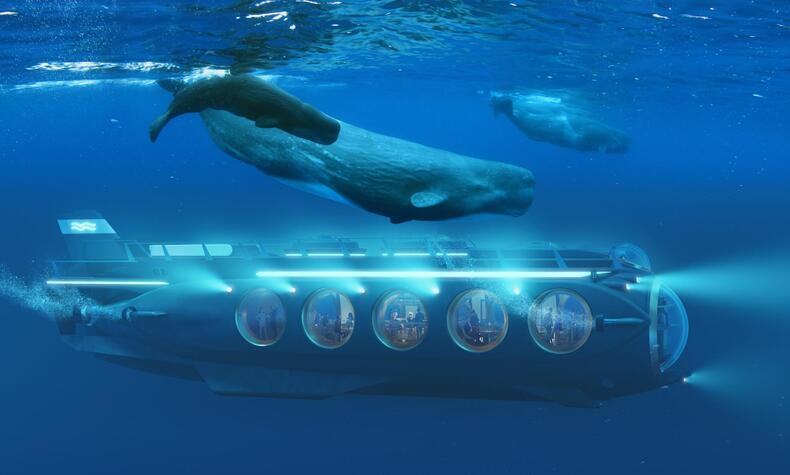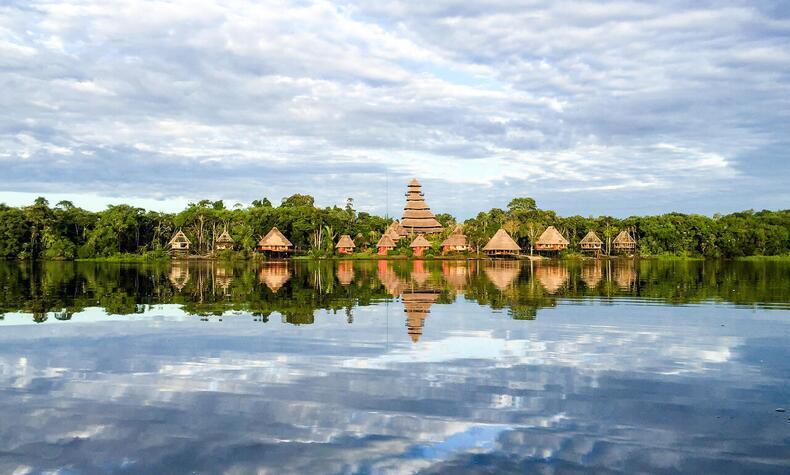Lady Jane Franklin, behind the mystery of the lost expedition
British Rear Admiral Sir John Franklin joined the Royal Navy at the age of 14, sailed around Australia on a voyage of exploration, fought at Trafalgar, and participated in three Arctic expeditions to try to find the Northwest Passage around North America to Asia.
After returning to London after the third failed attempt, he married Lady Jane Griffin in 1828, a 37-year-old lady from London, Oxford-educated and known for her love of reading, studying, and the numerous journeys she had already made accompanying her father.
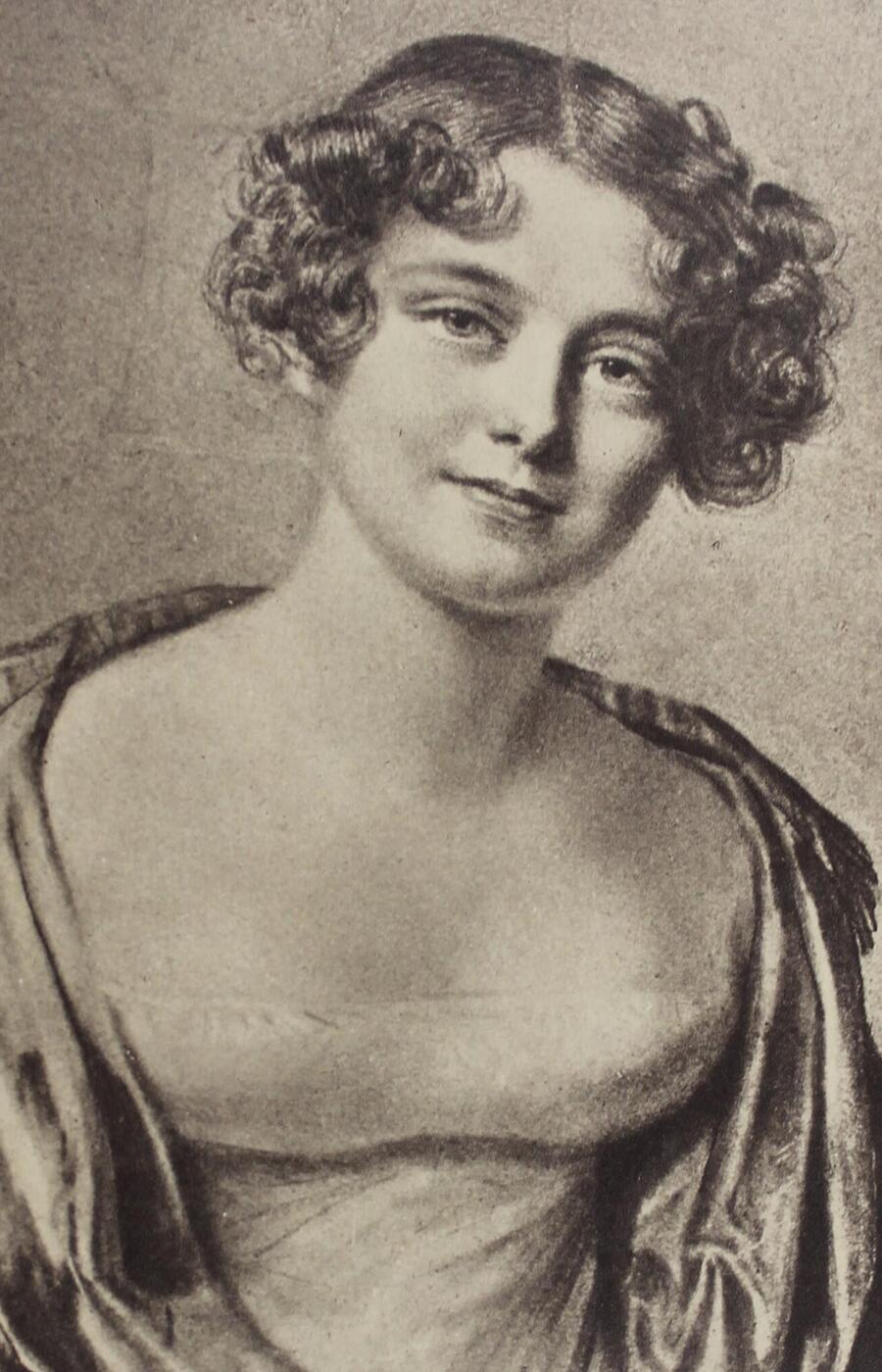
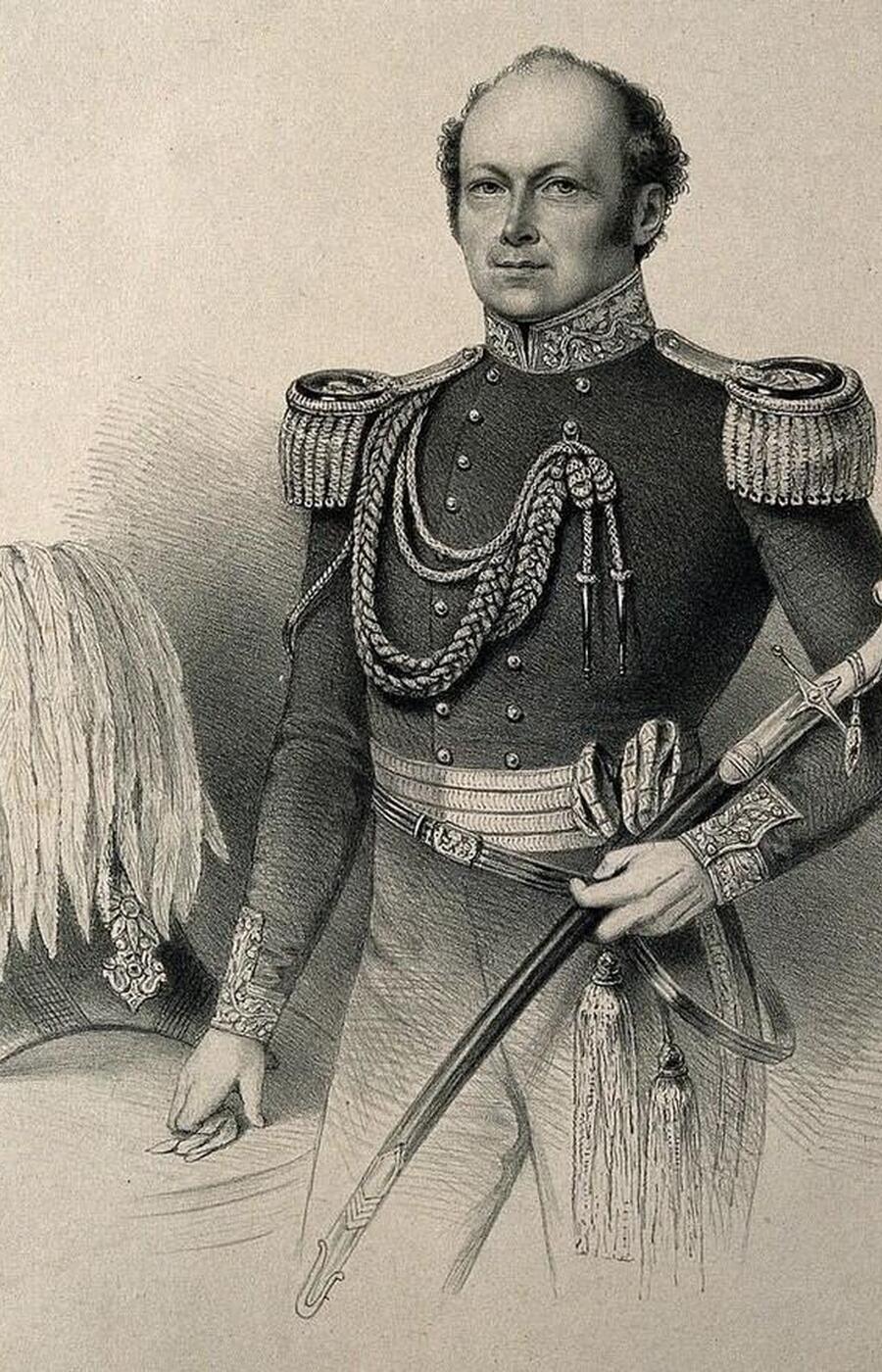
Sir John longed to return to the Arctic to resume his search, but in 1836, Navy posts were scarce and he was posted as governor of Van Diemen's Land, the name the British originally gave to the island of Tasmania. While there, Sir John and Lady Jane explored every part of Tasmania and wrote about the demise of the local Aborigines. Instead of hosting parties and picnics for the British ladies of the colony, Jane founded the Tasmanian section of the Royal Geographical Society, which still exists today, with a museum and scientific journal included.
In 1845, Sir John was offered command of the Arctic expedition best equipped to find the Northwest Passage. Although he was already 59 years old and some saw him as too old to return to travel to the Arctic, in May 1845 he set off with his expedition consisting of 2 vessels, 129 men, and provisions for 3 years.
The last time they were seen was on July 28, 1845, in Baffin Bay, and after that, they were never heard from again. The British government presumed them dead after 3 years, but Lady Franklin began a tireless 14-year search, funding numerous expeditions herself to find her husband and the wreckage of the ships Erebus and Terror.
At the age of 78, she even went to Canada to look for him herself. Finally, in 1859, an expedition led by Scotsman John Rae found evidence that Sir John had spent two years alone in the Arctic and that he had died in 1847. Initially, it was believed that he died from lead poisoning as a result of eating food in cans sealed with lead solder, one of the earliest conservation experiments of the time.
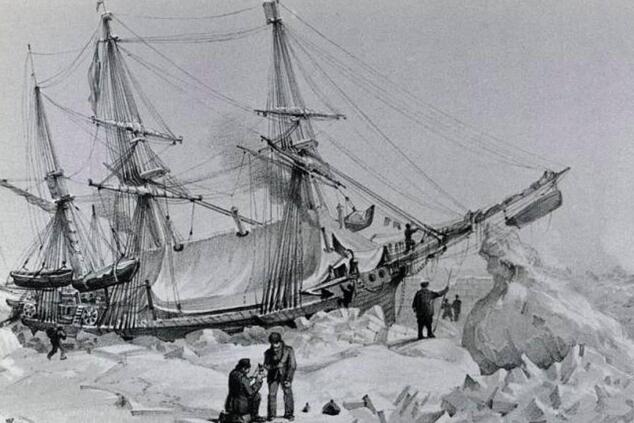
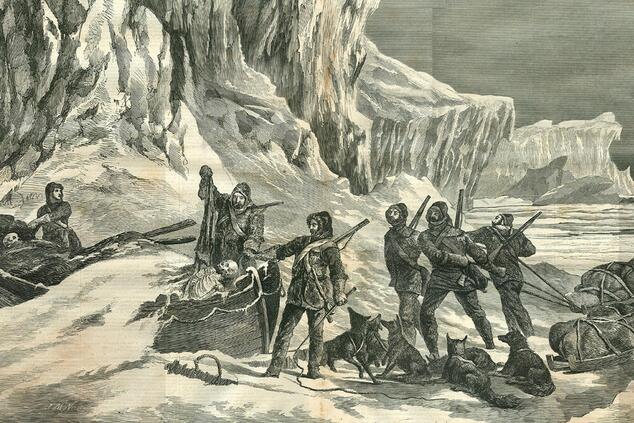
Recently, a Canadian team concluded that the most likely cause of death was starvation itself or a zinc deficit that can lead to emotional instability, gastrointestinal problems, and depression of the immune system, increasing the chances of contracting tuberculosis and pneumonia, deadly diseases at the time.
It wasn't until nearly 170 years later, in September 2014 when the wreck of the Erebus was finally found submerged east of Queen Maud Gulf. Two years later, the Terror appeared at the bottom of a bay south of King William Island. It is believed that they must have been stranded on the ice.
The HMS Erebus and HMS Terror were two Royal Navy bombardier-style ships that had already made numerous voyages of exploration around the world. Both ships had a reinforced bow to withstand the twisting of the ice floes and were steam-powered. The Antarctic expedition between 1839 and 1843 was a success. Not so the one they made 2 years later to the Arctic, under the command of Sir John Franklin, where the two ships and crew disappeared only two months after leaving London.
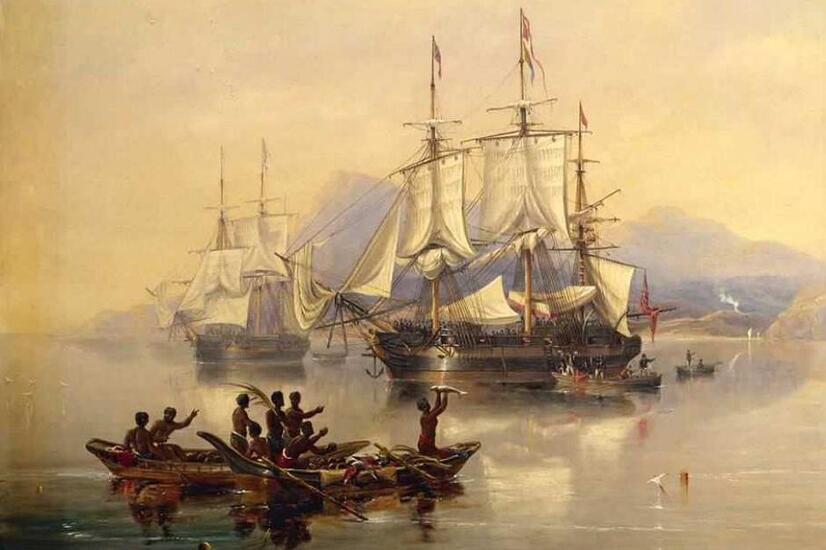
Thanks to her efforts to find her husband, much of the Canadian Arctic was explored and mapped. The Royal Society awarded Lady Jane Franklin the medal for greatest achievement in exploration and she was the first woman to receive such recognition.
Jane Franklin claimed credit for her husband's discovery of the Northwest Passage and commissioned a bust that was placed in London's Westminster Abbey. Lady Franklin died on July 18, 1875, at 83 years of age.
The most poignant memorial and tribute to Lady Jane Franklin and her husband's life of travel, exploration, and adventure, is a Tasmanian river named after Franklin, which is joined by its tributary Jane.



